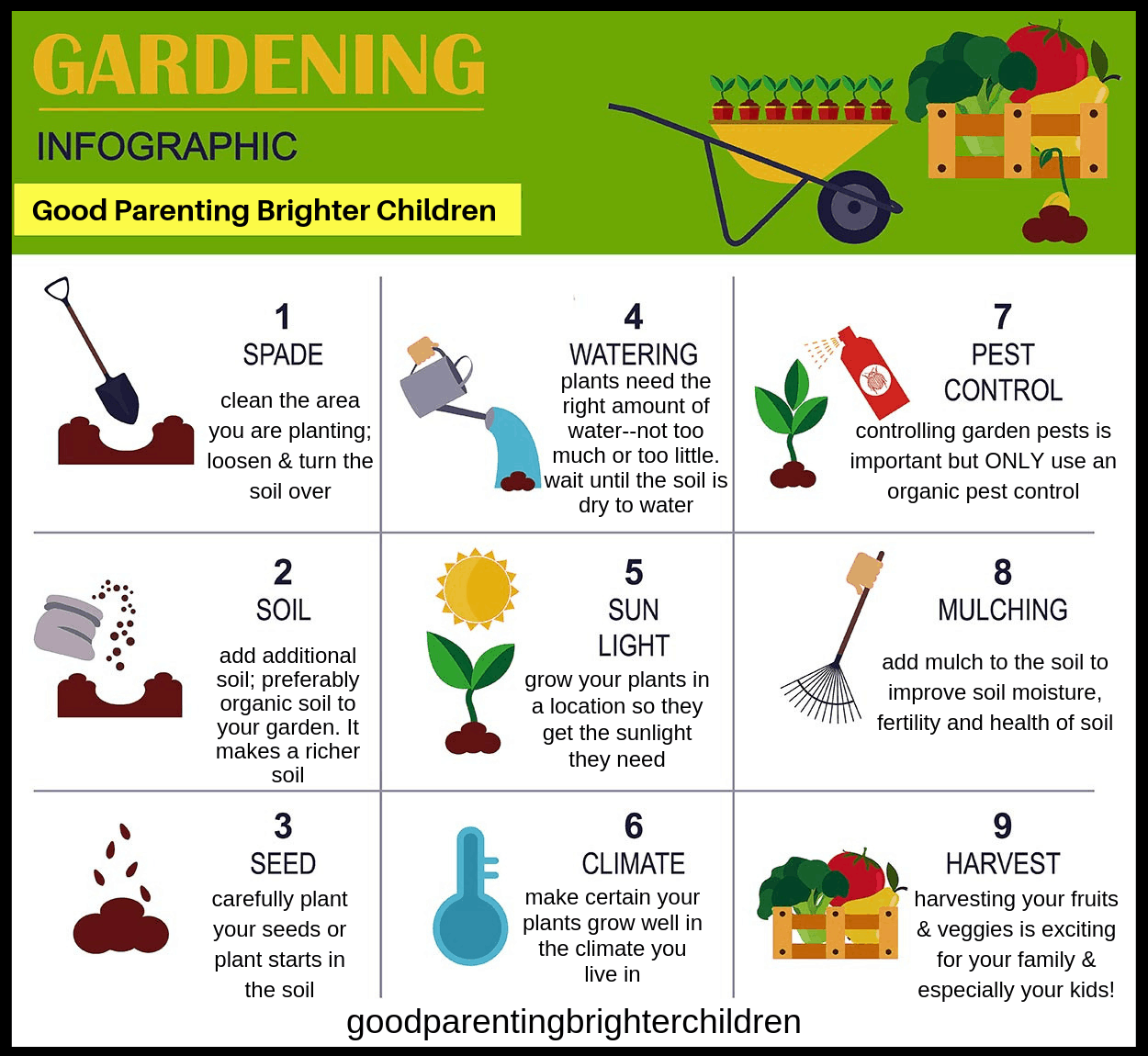Introduction
Planting your first garden is an exciting journey that connects you with nature and provides fresh, homegrown produce or beautiful blooms. Whether you want to grow vegetables, herbs, or flowers, starting a garden can improve your well-being, enhance your outdoor space, and even reduce grocery costs. This guide will walk you through essential steps to plant your first garden successfully, covering everything from site selection to care tips.
By the end of this article, you’ll understand how to choose the right location, prepare your soil, select plants suited to your environment, and maintain your garden for healthy growth. Let’s dive into creating a thriving garden that reflects your style and meets your needs.
How to Choose the Best Location for Your Garden
Assess Sunlight and Space
Sunlight is critical for plant growth. Most vegetables and flowers need at least 6 hours of direct sunlight daily. Observe your yard to find spots that receive ample sun, especially during the morning and early afternoon.
- Avoid shaded areas under large trees or buildings.
- Consider the garden size based on the available space and your goals.
Consider Soil Drainage and Access to Water
Good drainage prevents root rot and fungal diseases. After choosing a sunny spot, check if water drains well:
- Dig a hole about 12 inches deep and fill it with water. If it drains within a few hours, the soil drains well.
- Ensure easy access to a water source for regular watering.
Preparing Your Soil for Planting
Test and Improve Soil Quality
Healthy soil is the foundation of a successful garden. Conduct a soil test (kits available online or at garden centers) to check pH and nutrient levels.
- Most garden plants prefer a pH between 6.0 and 7.0.
- Amend soil with organic matter like compost or aged manure to enrich nutrients and improve texture.
Clear and Loosen the Soil
Remove weeds, rocks, and debris from your garden area. Loosen the soil with a garden fork or tiller to a depth of 8-12 inches. This promotes root penetration and aeration.
Selecting the Right Plants for Your First Garden
Choose Beginner-Friendly Plants
Start with plants that are easy to grow and maintain, which boosts confidence and success rates.
- Vegetables: Lettuce, radishes, green beans, and tomatoes.
- Herbs: Basil, mint, parsley.
- Flowers: Marigolds, sunflowers, zinnias.
Consider Your Climate and Season
Check USDA hardiness zones or local extension services to select plants suited to your climate.
- Plant cool-season crops in early spring or fall.
- Warm-season plants thrive in late spring through summer.
Planting and Caring for Your Garden
Proper Planting Techniques
Follow seed packet or plant label instructions for spacing and depth to ensure healthy growth.
- Water gently after planting to settle soil around roots.
- Use mulch to retain moisture and suppress weeds.
Watering and Maintenance Tips
- Water deeply but infrequently to encourage strong roots.
- Monitor for pests and diseases; use organic methods when possible.
- Fertilize according to plant needs, avoiding over-fertilization.
Troubleshooting Common First Garden Challenges
Managing Pests and Weeds
- Handpick pests or use insecticidal soaps.
- Apply mulch or landscape fabric to reduce weed growth.
Handling Weather Variability
- Use row covers or shade cloths to protect plants from extreme sun or frost.
- Adjust watering during dry spells.
Conclusion
Planting your first garden is a rewarding experience that requires planning, patience, and care. By choosing the right location, preparing your soil properly, selecting suitable plants, and maintaining your garden thoughtfully, you set yourself up for success. Remember, gardening is a learning process—each season teaches valuable lessons.
Start small, stay consistent, and enjoy watching your garden flourish. Your first garden is not just about growing plants; it’s about cultivating a lifelong connection with nature and enhancing your quality of life.
